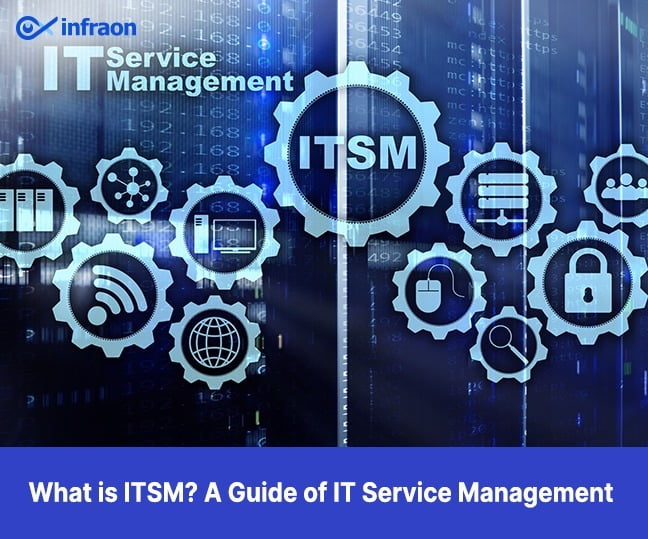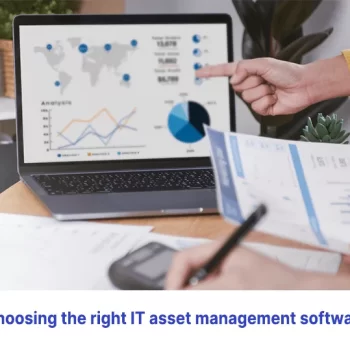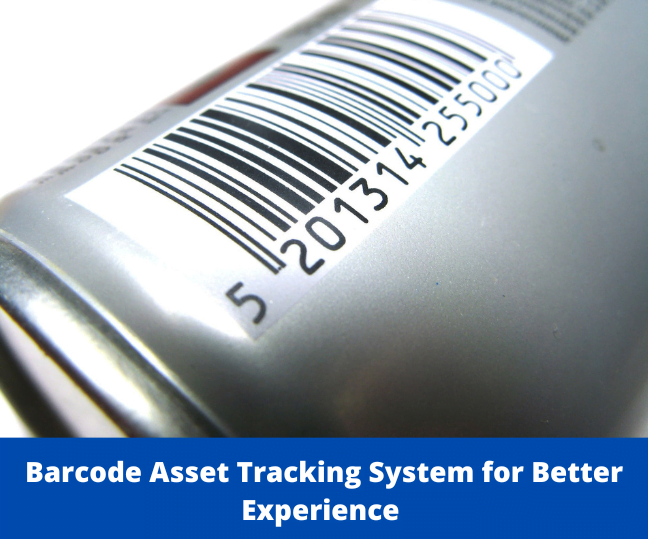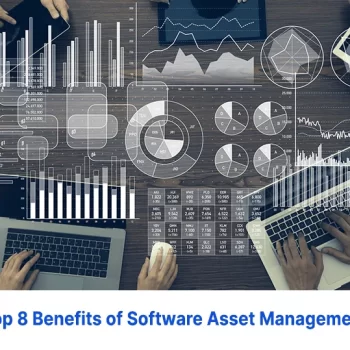What is hardware inventory management?
Hardware inventory management is tracking and managing the physical assets and equipment used in an organization. It involves identifying, counting, and maintaining records of all hardware items, such as computers, servers, tools, and other equipment. This includes monitoring the location, quantity, and status of each item, as well as keeping track of when items are added, removed, or replaced.
Proper hardware inventory management also includes implementing processes to ensure that equipment is used efficiently and effectively and that it is properly maintained and replaced as needed. The ultimate goal of hardware inventory management is to make sure that the organization has the necessary equipment on hand to support its operations and meet its goals.
How does hardware inventory management work?
Here are the basic steps of inventory management.
- Identify the equipment: The first step in hardware inventory management is to identify all the equipment that needs to be tracked.
- Assign unique identification: Once all the equipment has been identified, assign a unique identification number or barcode to each item. This will make it easier to track and locate equipment in the future.
- Create an inventory database: Create a database or spreadsheet to store information about each piece of equipment. This should include the item’s identification number, location, quantity, and status.
- Conduct an inventory count: Conduct a physical count of all the equipment to ensure that the inventory database is accurate and up-to-date.
- Monitor equipment usage and status: Monitor the usage and status of equipment regularly to verify that it is being used efficiently and is properly maintained.
- Replace or dispose of equipment as needed: Replace or dispose of equipment as needed so that the organization has the necessary equipment on hand to support its operations and meet its goals.
- Review and update regularly: Review and update the inventory database and processes regularly to make sure that they remain accurate and effective.
- Integrate with other systems: Integrate the hardware inventory management system with other systems, such as asset management, purchasing, or helpdesk software, to have a centralized view of all the assets and equipment.

Purpose of Hardware Asset Management
Hardware inventory management ensures that an organization has the necessary equipment on hand to support its operations and meet its goals. The ultimate goal is maintaining an accurate and up-to-date inventory of all hardware items.
Proper hardware inventory management can help organizations save time and money by preventing overspending on unnecessary equipment and avoiding costly equipment downtime. It also helps organizations stay compliant with regulations, especially when dealing with sensitive data, and improve their security posture. Moreover, it facilitates better decision-making by providing the necessary data to identify the most and least used equipment and plan the budget accordingly.
Best practices for managing hardware inventory
Let’s take a look at some of the best practices for managing hardware inventory.
Track inventory in real-time
With real-time inventory tracking, businesses can stay on top of their orders and inventory levels. This makes it easier to track inventory and increase visibility, providing insights into when it’s time to reorder products, launch promotions, and keep a check on slow-moving items that are no longer generating sales. By implementing real-time inventory tracking software, businesses can make better decisions, increase efficiency and reduce the risk of stockouts.
Practice proper SKU management
When managing a hardware inventory, it’s inevitable to end up with a large number of SKUs, particularly if the parts you sell have an electronic component. However, holding on to variations of hardware items that don’t sell can negatively impact your profit margins in the long run. To maintain profitability, it’s essential to optimize your inventory by identifying slow-moving SKUs and making the decision to discontinue them.
With the right inventory tracking software, it’s possible to easily track slow-moving items versus fast-moving items and make decisions on which SKUs to discontinue or replenish.
Simplify fulfillment
Effective inventory management is a crucial aspect of managing an e-commerce business. By implementing proper hardware inventory management, businesses can improve their fulfillment process by receiving and storing products separately, picking and packing orders efficiently, and shipping through cost-effective routes.
This not only saves time but also allows businesses to maintain visibility into their operations. By streamlining the inventory management process, businesses can reduce logistics costs, improve order fulfillment speed and increase customer satisfaction.
Why is hardware inventory management important?
Hardware inventory management is important because it enables organizations to maintain an accurate and up-to-date record of their physical assets. This helps organizations plan for future equipment needs and budget accordingly.
It also helps to improve the organization’s supply chain management by ensuring that the right equipment is available at the right time, reducing the risk of stockouts and downtime. Additionally, It helps to improve overall efficiency and reduce costs by identifying and disposing of obsolete equipment.
Conclusion
In short, hardware inventory management is the backbone of any organization’s operations. It may seem like a tedious task, but having a proper system in place can be a game-changer for your business.
With accurate inventory data, you can make data-driven decisions, streamline your operations and keep your equipment running at peak performance. Don’t let hardware inventory management be an afterthought. Make our hardware inventory management software a priority, and watch your business thrive.



















